
The Emperor Penguin is the largest penguin in Antarctica, the coldest climate on earth with temperatures as low as 140 degrees. It is very rare to find an Emperor Penguin living outside of Antarctica. . It is 4 feet tall, and it weights 70 to 90 pounds. It has a black head and wings, while its abdomen is white. Baby Emperor Penguins have thick gray feathers, which help absorb heat to keep them warm. The male Emperor Penguin has a broad pouch between its legs and lower abdomen that keeps eggs warm.
They are very sociable creatures that live in colonies from five hundred to twenty thousand penguins; Penguins use a unique way to keep warm in the extremely cold climate, they all huddle close together and the penguin that is in the middle of the group will be the warmest. Once that penguin is warm enough, the other penguins will rotate to let another one take the spot and warm up, away from the icy cold winds. These penguins have well insulated feathers that help keep them cosy in the cold weather.
Unlike other penguins that eat food from the surface, Emperor Penguins like to eat fish from the ocean. They will dive onto the ocean and stay under water for up to 18 minutes and can reach depths of 700 feet or more. Emperor Penguins will swim together, however, they like to catch their food by themselves.
Emperor Penguins are the only creatures that stay in Antarctica when winter arrives in March, while all other species leave. During this time, a female Emperor Penguin will lay just one egg, and then travel out to sea to get food. The male Emperor Penguin will stay with the egg to keep it warm by balancing it on his feet and covering it with his broad pouch which is a very warm layer of feathered skin. The male must stand there for about 65 days though icy temperatures, cruel winds and storms with nothing to eat during the whole time. After the egg hatches, the female penguin returns from the sea with food for the hatched chick, then the male, in his turn, goes out to sea to fish for food, leaving the female to take care of the chick. The mother protects the chick from the extremely cold winds, which could cause it to freeze to death within 2 minutes.
——————————————————-
Michael Russell
Your Independent guide to Birds
——————————————————-
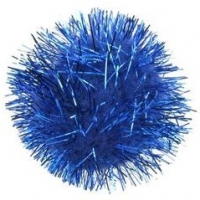 My Cat Skiibowski Loves To Play Fetch With His Sparkle Blue Ball, I Swear He Is Part Dog
My Cat Skiibowski Loves To Play Fetch With His Sparkle Blue Ball, I Swear He Is Part Dog
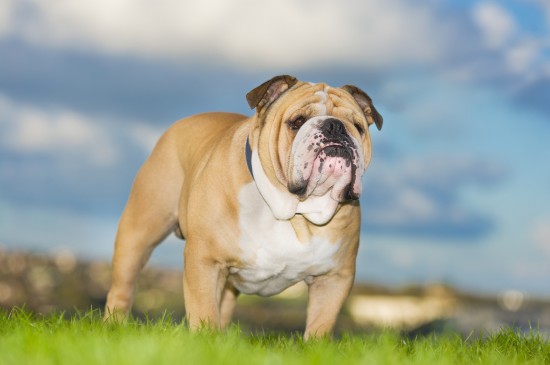 Bulldog Traits, Care And Temperament
Bulldog Traits, Care And Temperament
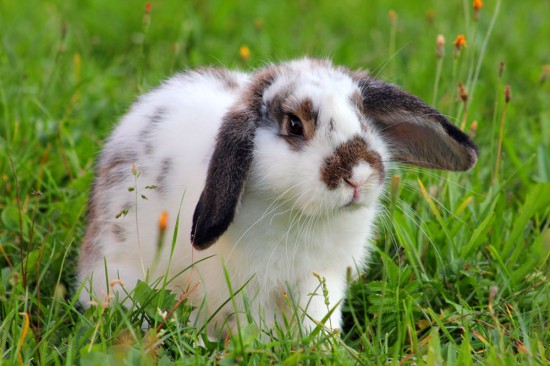 Information About Rabbits For Potential Rabbit Owners
Information About Rabbits For Potential Rabbit Owners
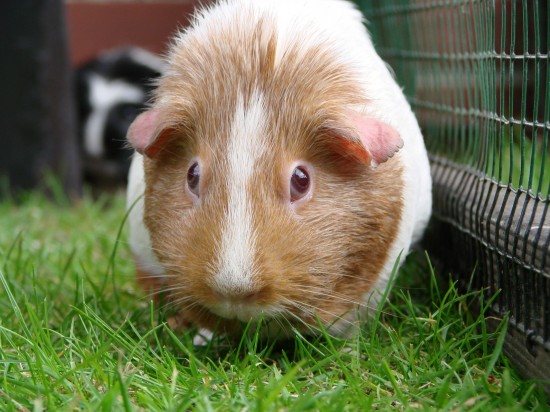 How To Treat Ringworms In Guinea Pigs
How To Treat Ringworms In Guinea Pigs
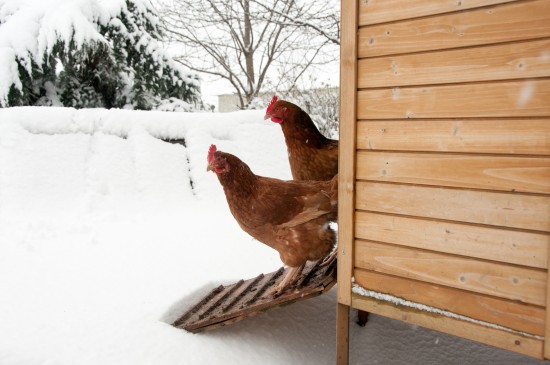 Dealing With Frostbite Or Frozen Comb In Chickens
Dealing With Frostbite Or Frozen Comb In Chickens
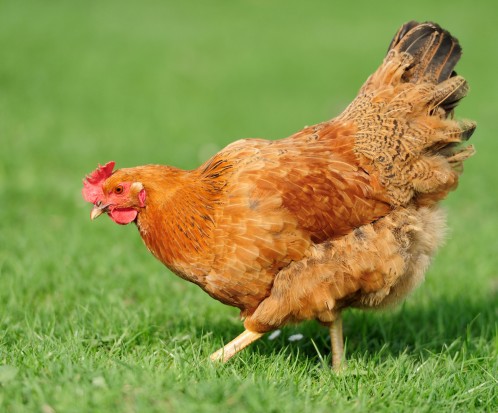 Healthy Skin And Feathers In Chickens
Healthy Skin And Feathers In Chickens
Copyright © 2005-2016 Pet Information All Rights Reserved
Contact us: www162date@outlook.com